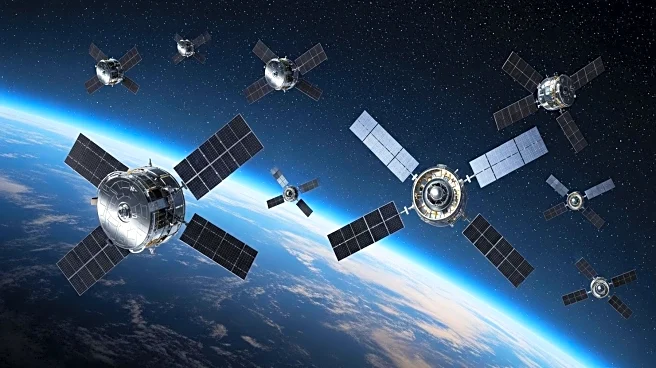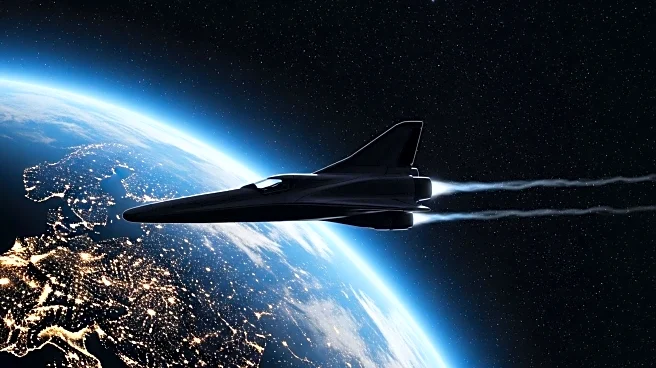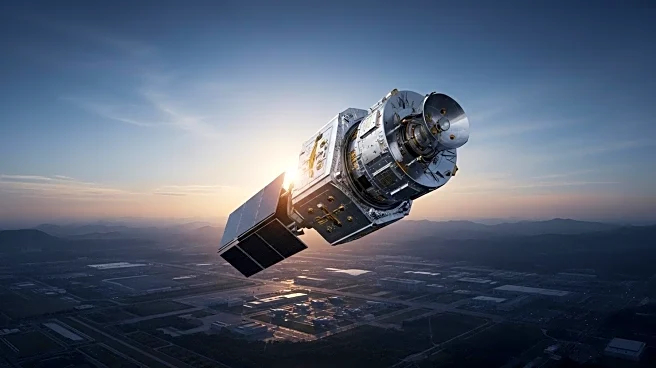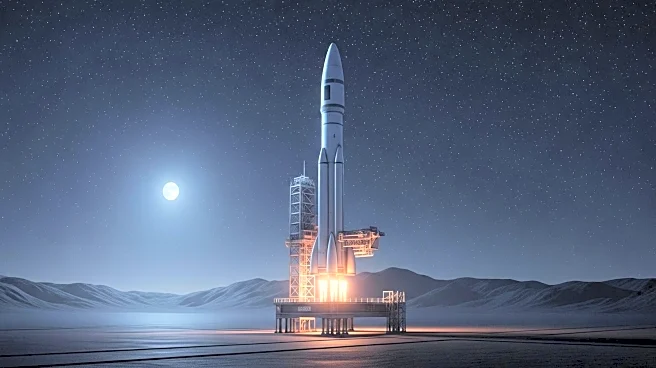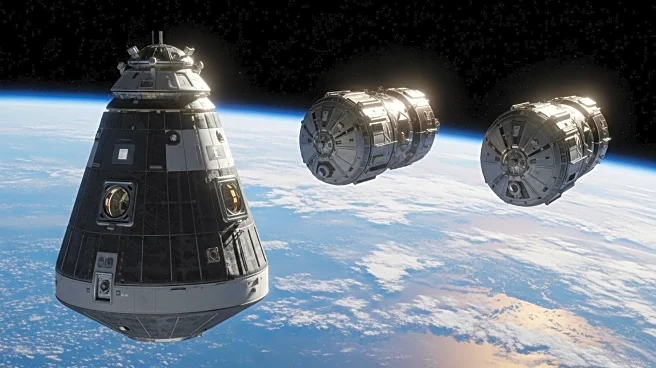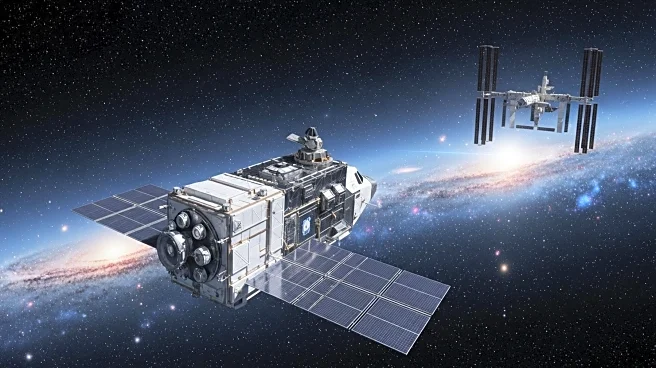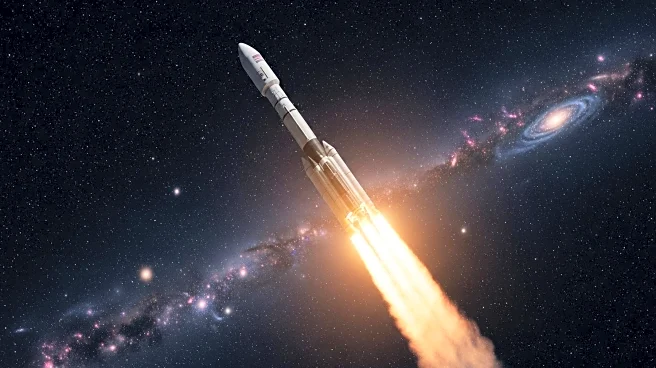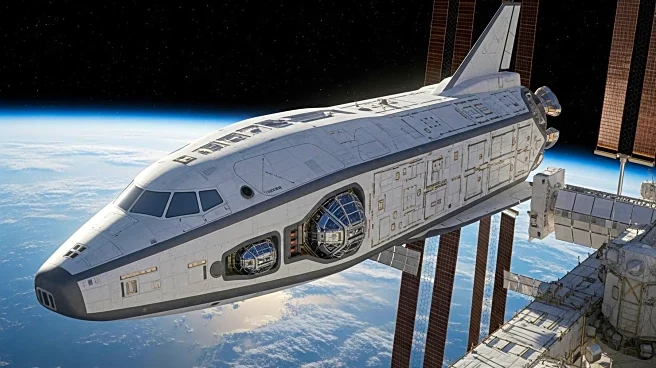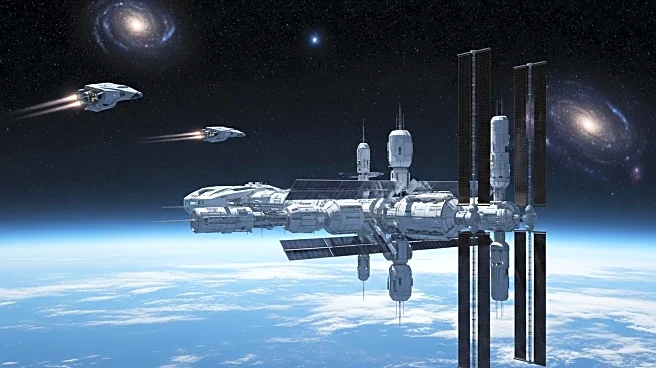What's Happening?
SpaceX successfully launched a batch of Starlink internet satellites on September 13, 2025, from Vandenberg Space Force Base in California. This launch is part of SpaceX's ongoing efforts to expand its satellite internet constellation. The newly deployed satellites are expected to create a visible 'Starlink train' in the night sky, a phenomenon where the satellites appear as a line of bright points moving across the sky. This event coincides with other celestial activities, including a rare meteor shower, the Chi Cygnids, and potential aurora displays due to solar activity. The launch is part of a busy period for SpaceX, with another Falcon 9 mission scheduled to send a Cygnus cargo ship to the International Space Station.
Why It's Important?
The deployment of additional Starlink satellites is significant for global internet connectivity, particularly in remote and underserved areas. The visibility of the 'Starlink train' also highlights the increasing presence of satellites in Earth's orbit, raising discussions about space traffic management and light pollution. The launch contributes to SpaceX's goal of providing widespread internet access, potentially impacting telecommunications and internet service providers. Additionally, the celestial events accompanying the launch offer opportunities for public engagement with astronomy and space science.
What's Next?
Following the launch, the Starlink satellites will gradually disperse and raise their orbits, reducing the visibility of the 'train' effect. SpaceX plans to continue expanding its satellite network, with future launches expected. The Cygnus cargo mission to the ISS will proceed as scheduled, contributing to ongoing research and operations aboard the space station. Observers can look forward to more celestial events, including the upcoming opposition of Saturn and the potential visibility of new comets.
Beyond the Headlines
The increasing number of satellites in orbit raises concerns about space debris and the long-term sustainability of space activities. The visibility of Starlink satellites has sparked discussions about their impact on astronomical observations and the natural night sky. As space becomes more accessible, regulatory frameworks and international cooperation will be crucial in addressing these challenges.
